|
PreCOP 26 Side Event “All4Climate-Italy 2021” – October 1, 2021 Pre-COP26 webinar showcases the Peste des petits ruminants Global Eradication Programme as an enabler of climate resilience
0 Comments
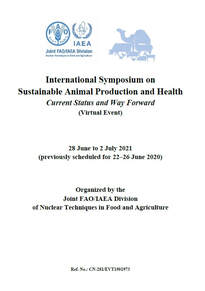 Announcement and Call for Papers A. Background The International Symposium on Sustainable Animal Production and Health – Current Status and Way Forward, postponed due to the COVID-19 pandemic, will draw on lessons learned and current best practices to provide a roadmap for the sustainable improvement of animal production whilst protecting the environment. The focus of the symposium will be on the contributions and impact of nuclear technologies and applications. B. Objectives The purpose of the symposium is:
Rahman Rostamkhani (1), Seyyed Saeid Mousavi (2), Hossein Ghorbani (1), Seyyed Vahid Mortazavi (1), Mohammad Taghi Moslemioun (2), Mohammad Hossein Nemati (2), Hassan Mohammadi Nedjad (2), Nader Papi (3) and Farhad Mirzaei (3) (1) Animal Production Improvement Administration of Zanjan province. Agricultural Jihad Organization. Zanjan, Iran. (2) Animal Science Research Department. Zanjan Agricultural and Natural Recourses Research and Education Center. AREEO. Zanjan, Iran. (3) Agricultural Research Education and Extension Organization (AREEO), Animal Science Institute of Iran, Karaj. 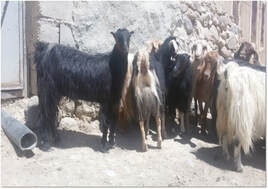 History of goat rearing in Zanjan province Archeological studies show the history of goat domestication dates to 7000 BC. Historical references also refer to Persia (Iran) as the land of origination of goat domestication. Since the earliest times, Iranians have reared goats for meat, milk, fiber, and skin supply. Currently, goat rearing has a notable role in Iranian nomadic and rural household’s life economy. The recent year’s goat keeping importance has been revealed much more because of climate changes, feed source limitation, and lack of relative advantage of pure breed farm animal production in Iran. Goat keeping has an essential role in meat and milk production in Zanjan province. Historically Name of Afshari goat is originated from the Afshar tribes who first reared this ecotype of goat in the region. Geographic distribution area Afshari goat population has been distributed in the different parts of the Zanjan province in about 20000 Km2.surface area, including highland altitudes and plains areas with other climatic conditions. Population Based on the current official data, the Afshari goat population is estimated at about 130,000 heads in the province. Rearing systems Goat keeping procedures are generally rural or semi-nomadic system. Goats are often reared together with sheep and in the grazing livestock act as a frontier animal or leadership of the flocks. Pure herds of goats are not usually seen among the local livestock. Job creation Among the farm animal rearing, goat keeping is a part of daily life of the rural and tribes because of their great interest in this occupation. They usually keep goats not only to improve their incomes but also for the natural compatibility and attractive appearance of their herds. The cultural, social, and economic relationship among nomadic and rural communities Afshari goats with 130,000 heads produce some 550 tons of meat and 2,000 tons of milk in the province annually. Milk, fiber, and meat of Afshari goat are used by the nomadic and rural, and also urban people. Goat keeping has an important role in rural and nomadic life economy because of the food source supply and earning incomes. Hence, Afshari goats have great economic importance for rural or nomadic households. Appearance features Few references indicate the phenotypic characteristics of Afshari goat among the goat sciences literature. In general, the dominant color of the coating fiber is pure black, but other colors are seen in the flocks. Both male and female goats are hornless. Bucks have a strong and muscular body, and because of the good capability of grazing in poor pastures or feeding low-quality forages and they can return good income for their owners. Does have good performance of milk production, daily milk yield ranges from 1.5-2.3 Kgs. Mature bucks weigh more than 60 kgs., which is a good potential for meat production. Export
Goat yields are generally consumed inside the province, and the exportation of the products is not performed. Items used for products Of the Afshari goat products, hair products can be mentioned. Hair fiber growth is about 25 cm/year, and each goat can produce some 400 grams of hair per year, which is used for preparing of handicrafts and traditional clothes in most villages. The skin is used in the leather industry. Milk is used for feeding kids, and the rest of it is used to prepare cheese, yogurt, whey, and some other local milk derivatives. Mature bucks weigh more than 60 kgs., which supply the local and urban residents’ meat needs. Measures for identifying and genetic improvement There is a decent rate of multiparity in Afshari goats, which can result in high performance and more economic animals, by performing of interbreeding selections or other livestock improvement programs. In 2007, an on-farm project plan entitled “An investigation on crossbreeding of the Sannen bucks with native black goat (Afshari does)” was carried by the Research Center for Agriculture and Natural Resources of Zanjan province. In these projects, the performance of first and second generation of crossbreds (F1 and F2) had a relatively good result, but in most cases, their adaptability was weak in the rural rearing condition. Suggestions for performance improvement As a national genetic resource, Afshari goats have valuable production performance and traits which has not been studied scientifically. For identification of the production performance of this ecotype, it is necessary to do comprehensive researches and studies. Meknes, Morocco, 23-25 October 2019 The next Joint Meeting of the FAO-CIHEAM Network for Research and Development in Sheep and Goats (Subnetworks on Nutrition and Production Systems) and the FAO-CIHEAM Subnetwork for the Research and Development of Mediterranean Pasture and Forage Resources will take place in Meknes, Morocco, from 23 to 25 October 2019.
Participation is open to researchers, technicians, post-graduate students and other professionals working to improve the small ruminant sector and forage and pasture resources across Mediterranean countries and beyond. Click here to see the scientific sessions. 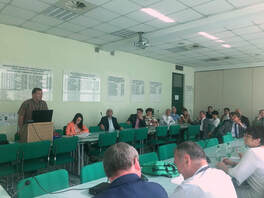 Between September 19-21, 2018 the LXXXIII scientific meeting of Polish Society of Animal Production entitled “Challenges of animal husbandry in sustainable agriculture conditions” took place in Lublin (south-eastern Poland). The main organizer of the conference was the University of Life Science in Lublin, Faculty of Biology, Animal Sciences and Bioeconomy. There was also a meeting of the section goat and sheep rearing and breeding during the conference. Twenty-five people took part in this meeting. |
IGA Blog
The International Goat Association promotes goat research and development for the benefit of humankind, to alleviate poverty, to promote prosperity and to improve the quality of life. Archives
May 2024
Categories
All
|
|
International Goat Association
2516 Millbrook Rd., Little Rock, AR72227 USA email: [email protected] -454-1641 |
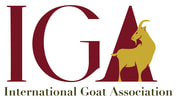
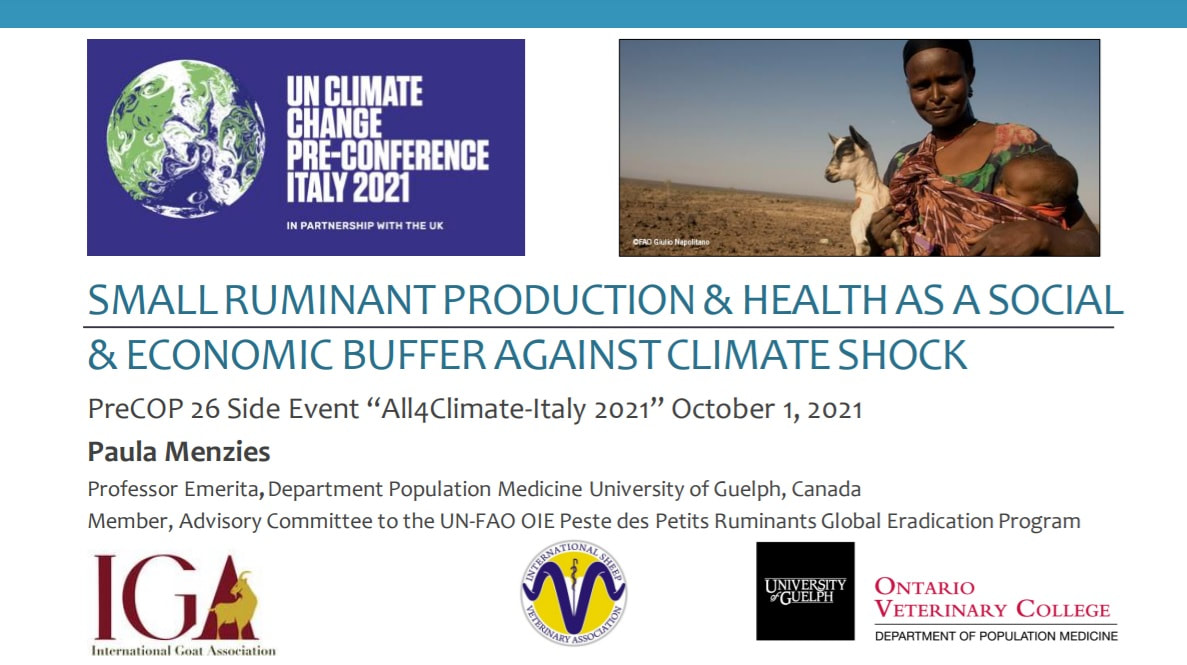
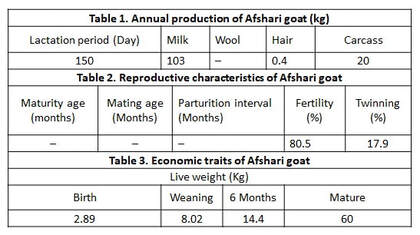
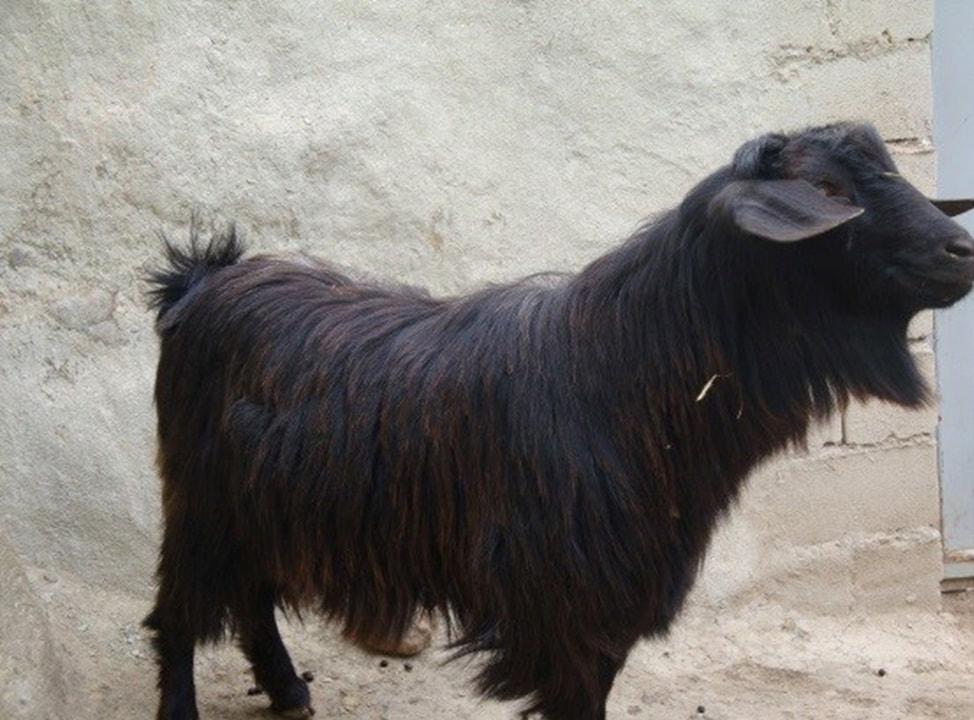
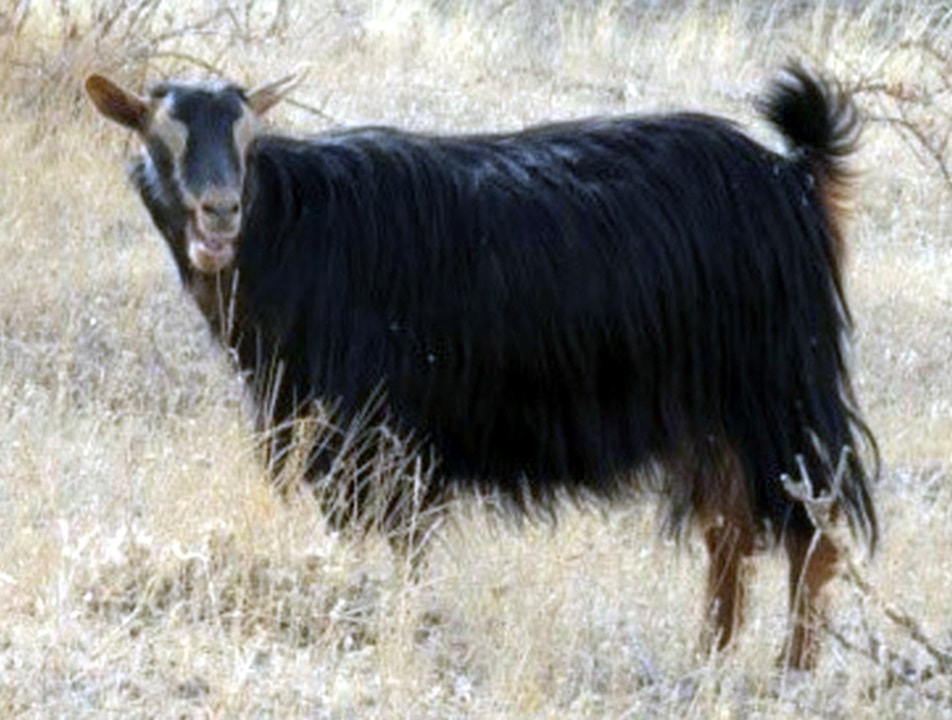
 RSS Feed
RSS Feed